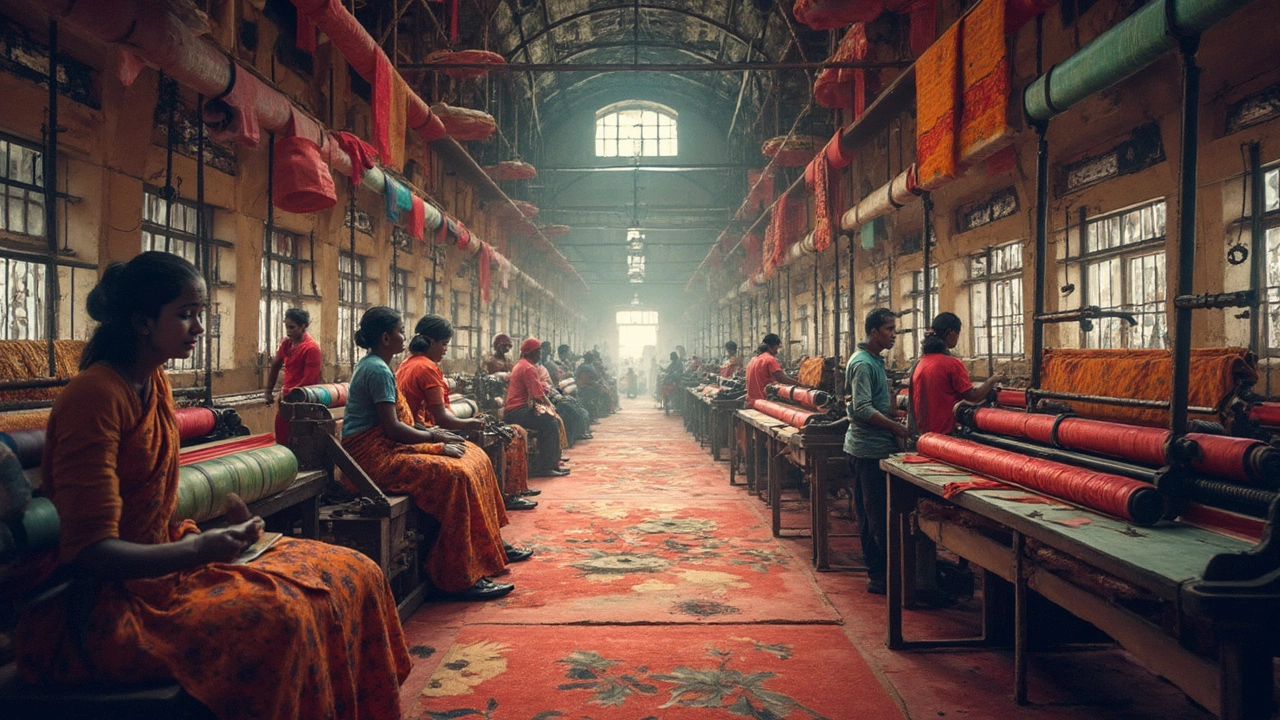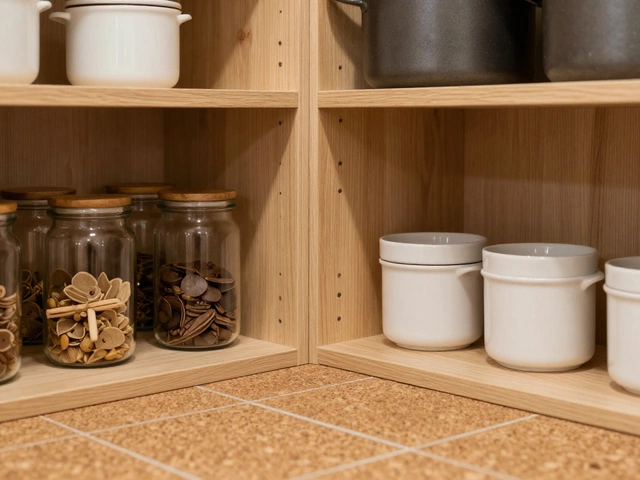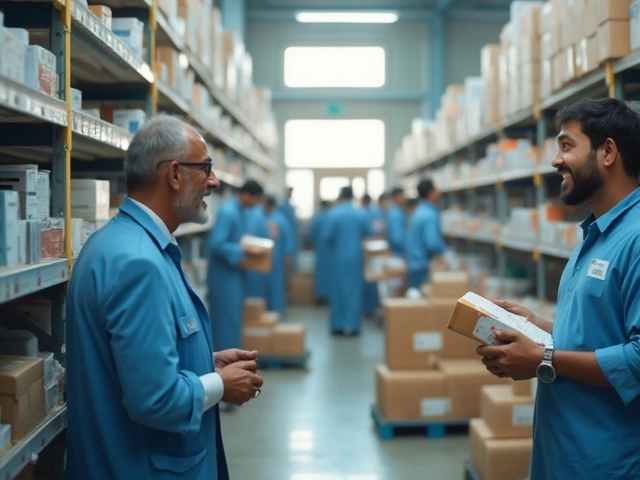Textile Factory India: What Makes Indian Mills a Global Powerhouse
India’s textile factories are buzzing with activity, and you can feel the energy in every cotton field and spinning room. If you’ve ever wondered why so many brands source fabric from here, the answer lies in low cost, high skill, and a growing focus on sustainability.
First off, the raw material advantage is huge. India produces more cotton than any other country, which means factories can tap into a steady, locally sourced supply. That cuts shipping costs and shortens lead times – a win for anyone looking to keep shelves stocked.
But it’s not just about cheap material. Modern Indian mills have upgraded to automated looms, digital design tools, and eco‑friendly dyeing processes. The blend of old‑school craftsmanship and new tech lets them churn out fabrics that meet international quality standards while staying affordable.
What Makes Indian Textile Factories Stand Out
One big factor is scale. From tiny family workshops to massive integrated parks, the industry covers every size. Big parks often house everything under one roof – spinning, weaving, printing, and finishing – so a single order moves faster and cheaper.
Another advantage is the skilled workforce. Millions of workers grow up learning weaving and embroidery, so you get talent that can handle both basic polyester blends and intricate hand‑loom patterns. This human capital helps factories adapt quickly to fashion trends.
Environmental pressure is also shaping the sector. More factories are adopting water‑saving dye tech, using natural fibers, and earning certifications like GOTS and Oeko‑Tex. Brands that care about green credentials love this shift because it makes their supply chain cleaner.
Tips to Choose the Right Textile Supplier in India
When you start looking for a partner, ask for their production capacity. A factory that can handle small batches and large orders gives you flexibility as your business grows.
Check quality certifications. Labs that test for color fastness, strength, and safety can save you headaches later. If a supplier can show recent test reports, that’s a good sign they take quality seriously.
Visit the mill if you can. Seeing the machines, talking to the floor manager, and feeling the fabric in person builds trust faster than a Zoom call alone.
Lastly, compare costs beyond the sticker price. Factor in shipping, customs, and any extra processing fees. Sometimes a slightly higher per‑yard price ends up cheaper overall if the factory offers faster turnaround or better waste management.
Bottom line: Indian textile factories blend cheap raw material, skilled labor, and modern tech to stay competitive. Whether you need a bulk order of cotton shirts or a limited run of designer silk, the country offers options that can match almost any requirement.
So next time you’re sourcing fabric, give India a serious look. The mix of price, quality, and sustainability is hard to beat, and the industry’s momentum shows no sign of slowing down.
How Much Does It Cost to Start a Textile Factory in India?
Starting a textile factory in India can be a lucrative venture thanks to the abundant raw materials, low labor costs, and a booming market. However, understanding the initial investment, from land acquisition to equipment and staffing, is essential. This article breaks down typical expenses and offers tips for cost-saving opportunities. Dive into practical information, smart budgeting strategies, and insights on making the most of India's evolving textile industry.
View More




